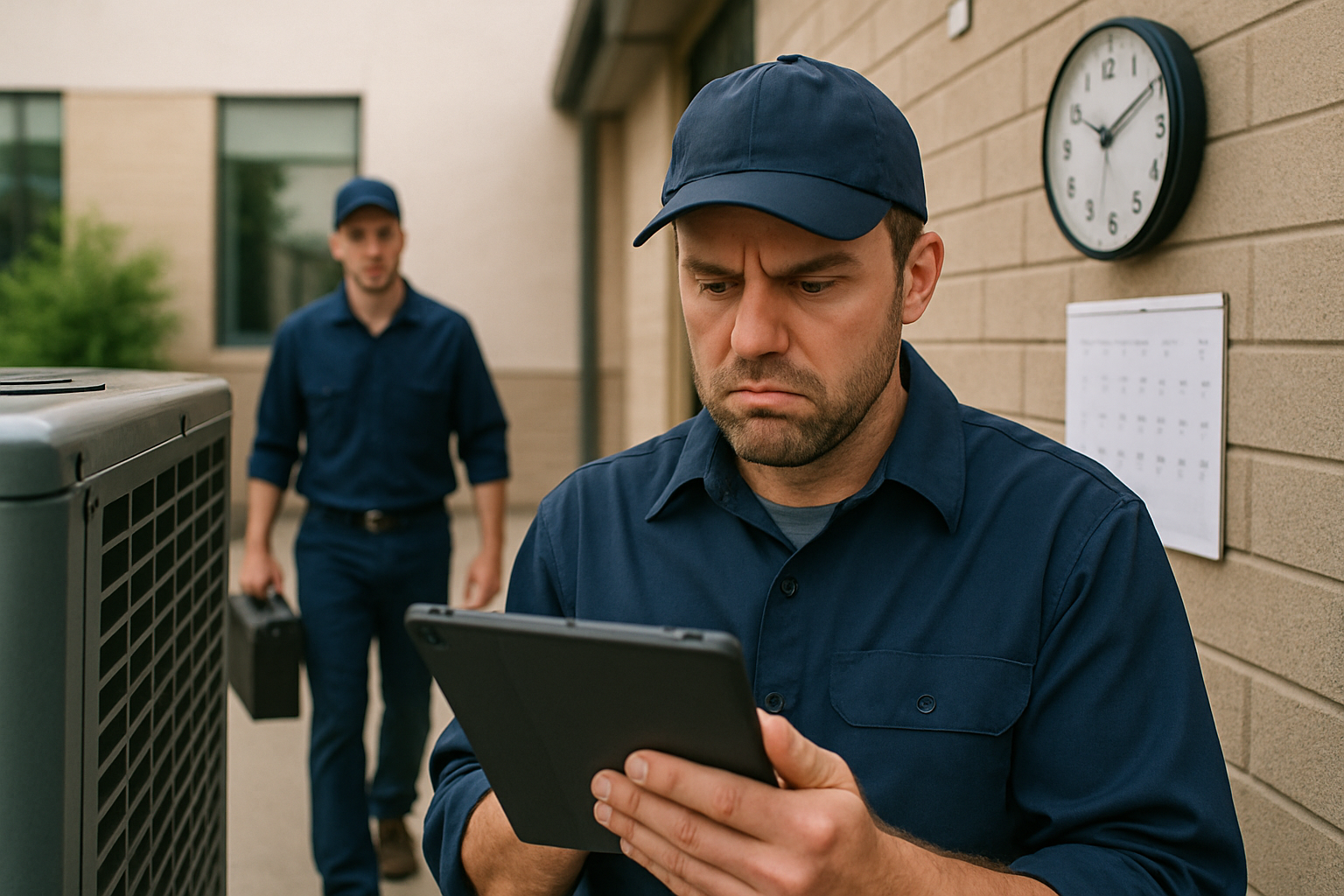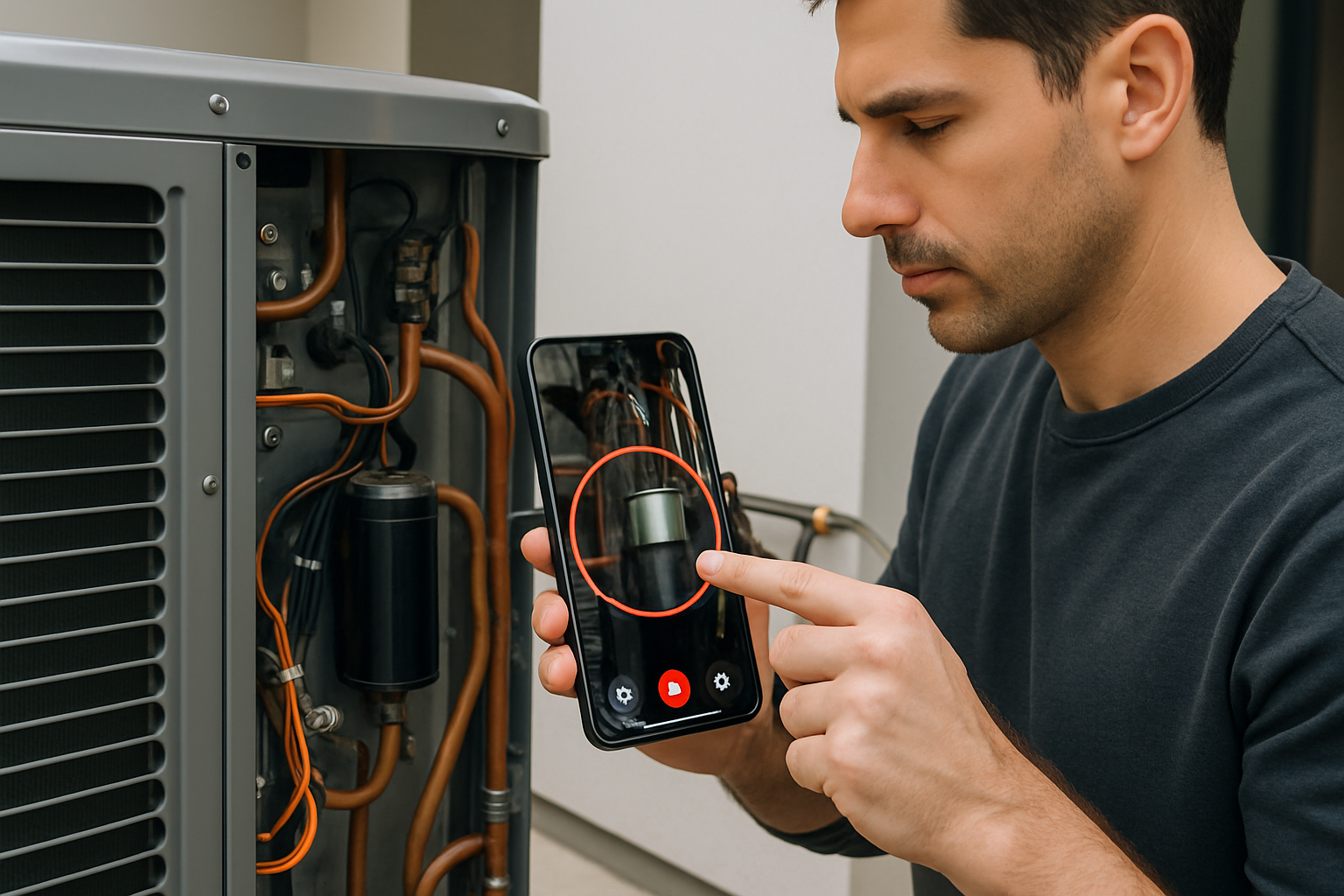Reducing First-Visit Failures: Why Smart Glasses Are the Technician’s Best Companion
In field service, every extra visit costs time, money, and customer trust. A technician’s first visit should ideally solve the problem—but that’s not always the case. Misdiagnoses, lack of information, or limited expertise can all lead to first-visit failures, forcing follow-up appointments that frustrate both customers and operations teams.
This is where smart glasses with augmented reality (AR) capabilities come in. By providing live, hands-free visual guidance from remote experts, these wearables empower technicians to get things right the first time. A remote supervisor can literally “see what the technician sees,” walk them through the repair, and confirm the fix on the spot.
The result? Fewer return visits, faster resolutions, and a more confident, capable field team. Smart glasses are no longer a futuristic gadget—they’re becoming a practical tool for improving accuracy, efficiency, and customer satisfaction in modern field service operations.

The Real Cost of First-Visit Failures
A first-visit failure doesn’t just mean a second appointment—it represents lost productivity, unnecessary travel costs, and reduced customer satisfaction. According to industry studies, nearly one in four service calls requires a follow-up visit. That’s 25% of technician time spent repeating work that could have been resolved on the first trip.
For companies managing dozens or even hundreds of technicians, the costs add up quickly: more fuel consumption, more scheduling conflicts, and longer response times for new service requests. On top of that, each repeat visit delays issue resolution, eroding customer confidence and loyalty.
Reducing first-visit failures has therefore become a top priority for service leaders. And the solution may lie not in adding more technicians—but in giving existing ones better tools.
How Smart Glasses Empower Technicians in the Field
Smart glasses are wearable devices equipped with a display, camera, microphone, and connectivity features. They allow technicians to access information, capture visuals, and communicate hands-free—without interrupting their work.
When combined with augmented reality and remote video support, smart glasses enable technicians to connect instantly with experts, who can see what they see in real time. The expert can overlay instructions, highlight problem areas, or provide visual cues directly in the technician’s view.
This creates a real-time, collaborative repair experience. Instead of guessing or describing the issue over the phone, the technician receives live, visual feedback—reducing errors, eliminating back-and-forth communication, and ensuring a correct fix the first time.

Bridging the Skills Gap with Live AR Guidance
Many field service organizations are facing a growing skills gap as experienced technicians retire and newer ones enter the workforce. This transition can increase the risk of errors, slower service, and more repeat visits.
Smart glasses help bridge that gap. By connecting junior technicians with experienced mentors remotely, companies can transfer knowledge on the job. A senior engineer no longer needs to be physically present to oversee complex repairs—they can guide multiple technicians simultaneously from a central location.
This not only improves first-time fix rates but also accelerates training and upskilling, helping companies retain knowledge and maintain high service standards across their teams.
Enhancing Accuracy and Documentation
Another advantage of smart glasses is real-time documentation. Technicians can record video footage, capture images, or stream their work to supervisors. This creates an instant record of completed tasks, ensuring compliance with safety and quality standards.
Having visual proof reduces disputes, supports warranty claims, and allows companies to build a database of repair scenarios for future reference. Over time, this data can be used to train new technicians, refine processes, and continuously improve service performance.
Real-World Impact: Faster Fixes, Happier Customers
Companies adopting smart glasses for remote video support are already seeing measurable improvements:
- Higher first-time fix rates through live expert collaboration.
- Reduced travel time and costs, since many issues are resolved without additional visits.
- Improved customer satisfaction, as problems are addressed faster and more confidently.
- Shorter training periods, thanks to real-time learning opportunities.
Customers notice the difference when technicians arrive prepared, communicate clearly, and solve problems efficiently. The result is not just better service—but stronger customer relationships built on reliability and trust.
A Practical Step Forward
Investing in smart glasses may seem like a leap toward the future, but in reality, it’s a practical step toward operational excellence. Field service organisations are under increasing pressure to do more with less—less time, less travel, and fewer resources.
By integrating smart glasses and remote video support into their operations, companies can make every technician more capable, every visit more productive, and every customer interaction more successful.

Conclusion
First-visit failures are costly—but they’re not inevitable. With smart glasses, technicians gain the visibility, guidance, and confidence needed to solve problems right the first time. The combination of AR and real-time remote support turns every service call into an opportunity for precision and learning.
In a competitive field service environment, where every minute and every customer counts, smart glasses are proving to be the technician’s most valuable companion.
Blitzz is a leading remote video support platform that helps field service teams collaborate in real time—without the need for site visits. By combining secure video, AR guidance, and screen-sharing features, Blitzz makes it easier for experts and technicians to work together efficiently, solve issues faster, and improve customer experiences.
If you’d like to see how Blitzz works in action, you can book a quick demo to explore how it integrates with your field operations and supports your technicians on every call.
